When Pope Leo XIV, formerly Cardinal Prevost and a member of the Order of Saint Augustine, was announced as the new pontiff on 6:07 p.m. Rome time, the world watched the white smoke curl from St. Peter’s Basilica. An hour later the new pope appeared on the loggia centrale, waving to a crowd of roughly one‑hundred‑thousand faithful below, his voice barely rising above a reverent hush. His first words – “La pace sia con tutti voi” – echoed through the piazza, setting a tone of peace that would dominate his early weeks in office.
Background to the Election
The conclave that elected Pope Leo XIV lasted two days, culminating on the fourth ballot. The swift decision reflected a growing desire among the College of Cardinals for a pastor‑lawyer who could balance doctrine with modern pastoral needs. As a canon lawyer, the new pope is already being called a "man of justice, moderation, and fidelity" by those who know the inner workings of the Vatican.
His election also coincided with the Holy Year, a period that traditionally draws millions of pilgrims to Rome. That influx has placed extra pressure on the Swiss Guard, a force that has protected popes since its founding by Pope Julius II in 1506.
Swearing‑in Ceremony Details
On October 4, 2025, Pope Leo XIV made history by personally presiding over the oath‑taking of twenty‑seven new recruits – the first papal participation since 1968. The ceremony unfolded in the San Damaso Courtyard of the Apostolic Palace, with the Pontiff seated on a modest throne as the guards, clad in bright yellow, blue and red gala uniforms, raised their right arms in a three‑fingered salute.
“From the first steps of my pontificate, dear Swiss Guards, I have been able to count on your faithful service,” the pope said on October 3, a day before the oath. During the ceremony, Colonel Christoph Graf, the Corps Commander, recited the traditional oath: “With all my strength, sacrifice and, if necessary, my life, I will defend and serve His Holiness.” Swiss President Karin Keller‑Sutter attended alongside the families of the new guards.
The event was postponed from its usual May 6 date – the anniversary of the 1527 Sack of Rome, when 147 guards fell defending Pope Clement VII – because the conclave’s timeline ran over. The shift sparked a wave of social‑media chatter, with many younger Swiss citizens expressing pride in seeing their national hero, the Guard, honored by a pope who genuinely appreciates their sacrifice.
New Uniforms and Recruitment Drive
Just weeks before the oath, the Swiss Guard unveiled a fresh line of gala uniforms. Crafted from fine wool by a Swiss manufacturer, each set costs about 2,000 euros (≈ $2,300) and represents a deliberate link between past and present, according to Colonel Graf. The new attire will complement – not replace – the iconic red, orange and blue "grand gala" coats that most people associate with the tiny corps.
Recruitment has become a pressing priority. The guard’s spokesperson admits that adding twenty‑seven men in 2025 is “OK” but far from the numbers needed to sustain a five‑century‑old institution. A recent publicity campaign, bolstered by the Holy Year’s surge in pilgrim traffic, has already pushed online searches for the Swiss Guard to a five‑year high, especially between April 20‑24 and early May.
Funding for the new uniforms came from a private benefactor, highlighting the Guard’s reliance on external support to modernize facilities. Plans are afoot to renovate cramped barracks later next year, a move that could make service more appealing to young Swiss men who otherwise drift toward civilian careers.
Historical Context of the Corps
The Pontifical Swiss Guard was created by Pope Julius II in 1506 after a series of security failures in Rome. Over five centuries, the Guard has evolved from a mercenary outfit to a professional security force working alongside the Vatican Gendarmerie. Its motto – "Honor, Fidelity, Obedience" – still guides daily duties, from escorting the pope to guarding the Vatican Museums.
During the Holy Year, the Guard’s workload spikes dramatically. Pilgrims flood the city, and the pope’s frequent trips to the summer residence in Castel Gandolfo keep the soldiers on call around the clock. The recent oath ceremony, therefore, wasn’t just a symbolic gesture; it reinforced the Guard’s operational relevance in a time of intensified papal activity.
Impact and Future Outlook
What does the ceremony mean for the Vatican’s broader strategy? Observers say that Pope Leo XIV’s personal involvement signals a renewed emphasis on visible, ceremonial solidarity with the Guard – a move that could help attract the youthful energy the corps desperately needs.
Experts also note that the pope’s early focus on peace, dialogue and church unity dovetails with the Guard’s own narrative of defending not just a building, but a living faith. By highlighting the human side of the soldiers – their discipline, sacrifice and willingness to serve – the Holy Father may have set a template for other Catholic institutions facing recruitment hurdles.
Looking ahead, the Vatican plans to roll out a second recruitment drive in early 2026, paired with a digital storytelling campaign showcasing the Guard’s history and modern duties. If the current momentum holds, the Swiss Guard could see its ranks swell by double digits within the next three years, securing its place as the world’s smallest yet most iconic standing army.
Frequently Asked Questions
Why was the Swiss Guard oath ceremony postponed from May 6?
The traditional May 6 date marks the 1527 Sack of Rome, but the papal conclave that elected Pope Leo XIV ran longer than expected. Vatican officials moved the ceremony to October 4, 2025, to avoid overlapping with the conclave’s final days and to ensure the pope could attend personally.
How many new guards were sworn in, and is that enough?
Twenty‑seven new recruits took their oath on October 4, bringing the total to 135 active members. Guard officials admit the number is modest; they aim to recruit more to replace aging soldiers and meet the heightened security demands of the Holy Year.
What is the cost and purpose of the new gala uniforms?
Each new uniform costs roughly 2,000 euros (about $2,300). They are wool replicas of historic military dress, intended for gala events and diplomatic dinners, and serve as a visual bridge between the Guard’s heritage and its modern image‑building efforts.
How does Pope Leo XIV’s involvement affect the Guard’s recruitment?
The pope’s personal presence at the oath ceremony has generated a surge in interest, especially among young Swiss men. Online searches for the Swiss Guard peaked during the Holy Year, and Vatican officials hope the publicity will translate into higher enlistment numbers in the coming recruitment cycles.
What challenges does the Swiss Guard face today?
Beyond recruitment shortfalls, the Guard must modernize its facilities, maintain historic uniforms, and balance ceremonial duties with the demanding security schedule of a busy papacy during the Holy Year. Funding and public awareness campaigns are central to addressing these hurdles.

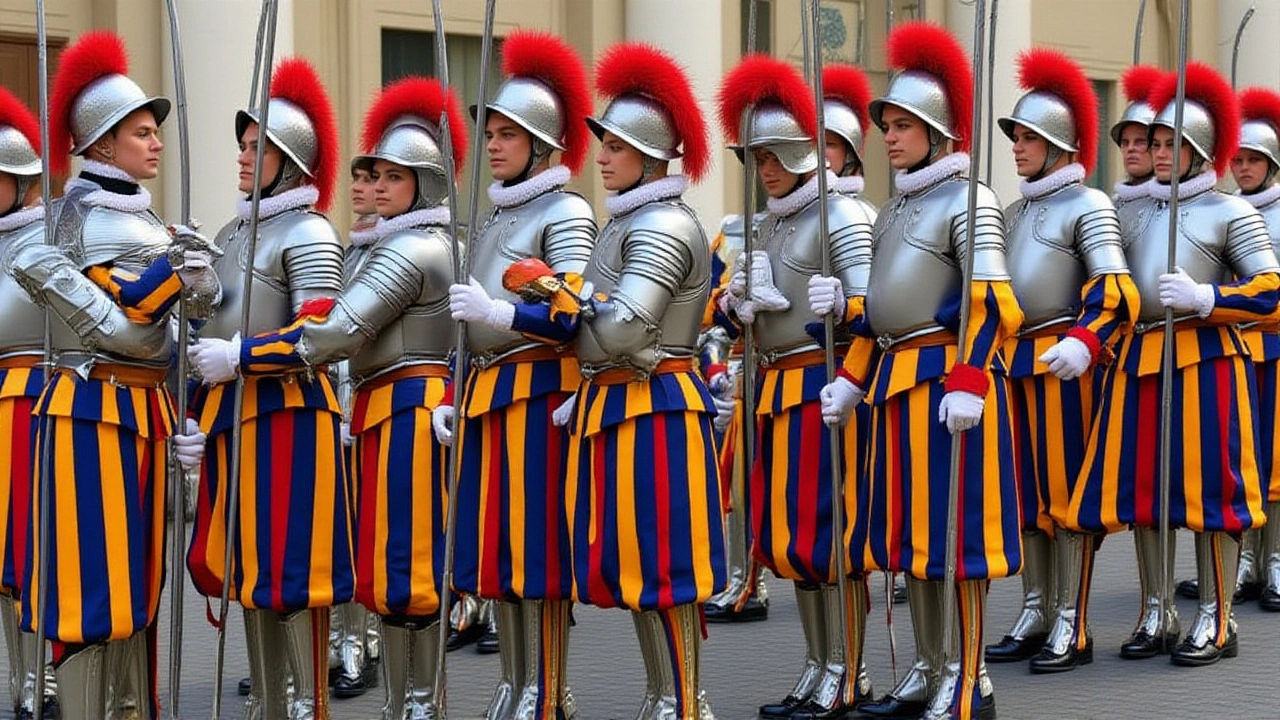

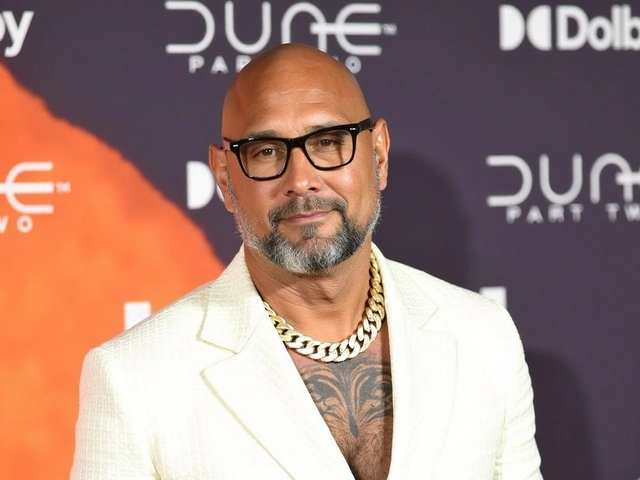
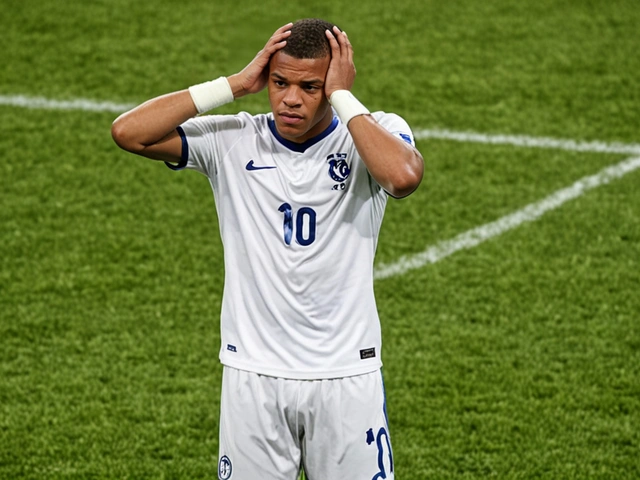
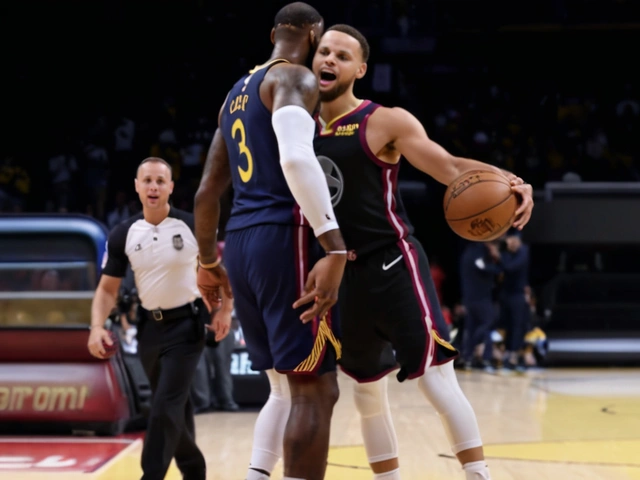
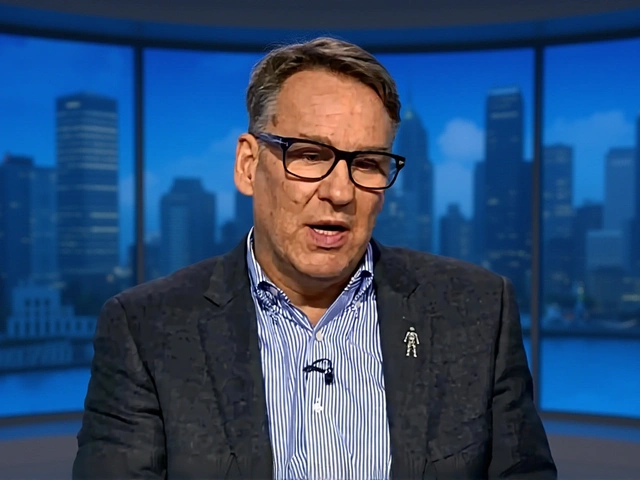
Jason Underhill
Sure, a shiny ceremony is just a PR stunt to distract from the Guard’s chronic recruitment crisis 🙂. Throwing a few hundred euros at new jackets won’t magically fill the ranks.
Kirsten Wilson
The oath ritual acts as a sociocultural hyper‑signal, echoing medieval patron‑client dynamics. When the pontiff himself steps into the frame, it reconfigures the Guard’s identity matrix, aligning honour with contemporary legitimacy. This resonates with branding theory where heritage becomes a leverage asset. Yet the underlying manpower deficit remains an operational bottleneck. In short, form without function is just theatrical flair.
Killian Lecrut
Big shout‑out to the new recruits – nothing says 'welcome to adulthood' like a three‑finger salute! If you think the Vatican is just incense and candles, think again; these guys are on call 24/7. Let’s hope the hype translates into real numbers, yeah?
Joshua Rainey
Honestly, the drama of a pope waving a baton is overblown – the real story is the Guard’s dwindling budget. You’ll see the numbers stay flat regardless of the fanfare.
Gail Robb
Philosophically, you’re missing the point: ritual is the glue that binds institutional memory, not a mere PR ploy. If you dismiss the symbolism, you ignore the existential substrate that sustains the Guard’s morale.
andy heri
Congrats to the newest Swiss candidates – stepping into a centuries‑old tradition is no small feat. The Vatican’s investment in quality uniforms shows they value both heritage and the individual soldier’s pride. With proper mentorship, these men can become the backbone of future security. Let’s keep the conversation focused on constructive support rather than cynicism.
Jeremy Perlman
Right, and to add, the cost per uniform-approximately €2,000-actually reflects a strategic allocation of resources, not waste; it's a calculated expense, designed to boost morale, enhance public image, and attract recruits, which, frankly, is exactly what the Vatican needs right now.
George Georgakopoulos
The timing of the oath, just before the Holy Year peak, isn’t coincidence; it’s a calculated move to funnel the surge of pilgrim donations straight into the Guard’s coffers. You’ll notice the private benefactor’s name quietly disappears from public records, a classic sign of shadow financing. Keep your eyes open.
Nancy Ortiz
Your analysis reads like a conspiracy thriller, but the financial reports simply list ‘donations for uniform refurbishment’ as a line item-no hidden subtext there. Still, the optics are certainly dramatic.
Ashish Saroj( A.S )
It’s merely a ceremonial flourish, not a solution to systemic staffing shortages;
Ayan Kumar
The spectacle of a pope presiding over an oath is a masterclass in narrative engineering, designed to bolster the Vatican’s brand cachet. You cannot underestimate the media impact of a bright‑coloured Guard marching beneath the basilica’s arches. Yet, while optics shine, operational readiness remains grounded in manpower and training. The recruitment drive must translate hype into actual enlistments, or the Guard risks becoming a living museum. In essence, pageantry without substance is just a costly costume party.
Nitin Jadvav
Exactly, the dress code is impressive, but without a pipeline of fresh talent the Guard will soon be all uniform and no substance. Let’s hope the next drive brings more than just Instagram likes.
Adrish Sinha
It’s great to see the Pope caring about the Guard, and the new uniforms look sharp. I believe this will inspire more young Swiss to join.
Arun kumar Chinnadhurai
The recent oath ceremony marks a pivotal moment for the Pontifical Swiss Guard, blending tradition with a clear call for modernization.
First, the visibility of Pope Leo XIV personally overseeing the oath sends a powerful message to potential recruits that their service is valued at the highest level.
Second, the introduction of new gala uniforms, though costly, serves as a tangible incentive, showing that the Guard invests in the dignity and pride of its members.
Third, the Vatican’s partnership with a private benefactor for uniform funding illustrates a growing reliance on external resources, which can be leveraged for broader infrastructure upgrades.
Fourth, the planned renovation of the barracks will address the chronic issue of cramped living conditions that have deterred many candidates historically.
Fifth, the digital storytelling campaign slated for early 2026 will use social media platforms to highlight personal stories of current guards, making the role more relatable.
Sixth, recruitment numbers need to move beyond the modest twenty‑seven newcomers; a target of at least fifty per year would create a sustainable pipeline.
Seventh, the Guard must balance its ceremonial duties with rigorous training to ensure operational readiness during the bustling Holy Year.
Eighth, integrating modern security technologies, such as discreet surveillance systems, can augment the Guard’s effectiveness without compromising its historic aesthetic.
Ninth, transparency in budgeting, especially regarding the €2,000 uniform cost, will build trust with both donors and prospective recruits.
Tenth, establishing scholarship programs for Swiss youth interested in security and diplomatic service could further widen the talent pool.
Eleventh, ongoing collaboration with the Vatican Gendarmerie will provide joint training opportunities, enhancing both institutions’ capabilities.
Twelfth, the Pope’s emphasis on peace and dialogue aligns perfectly with the Guard’s motto of honour, fidelity, obedience, reinforcing a narrative of service beyond mere protection.
Thirteenth, measuring the success of these initiatives will require clear metrics, such as recruitment conversion rates and retention statistics over the next three years.
Finally, by maintaining this multifaceted approach-visibility, improved conditions, modern training, and transparent funding-the Swiss Guard can evolve from a symbolic unit into a robust, forward‑looking security force.